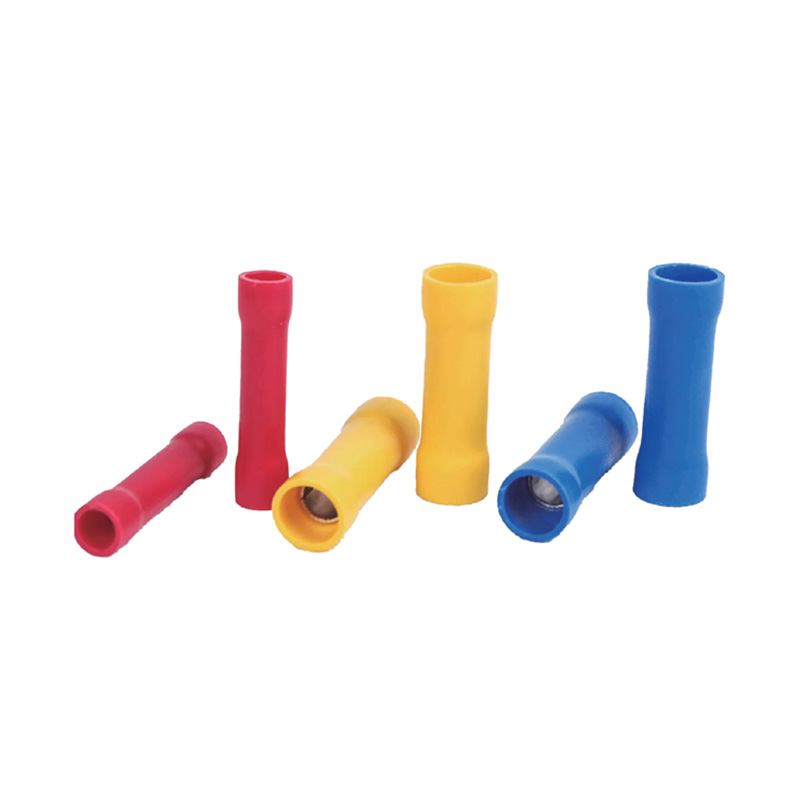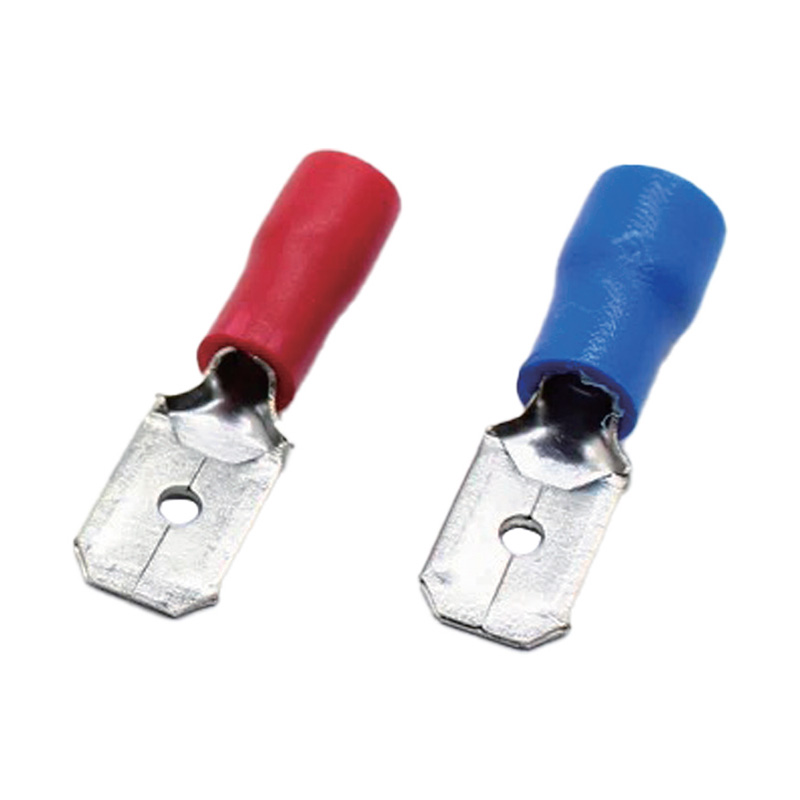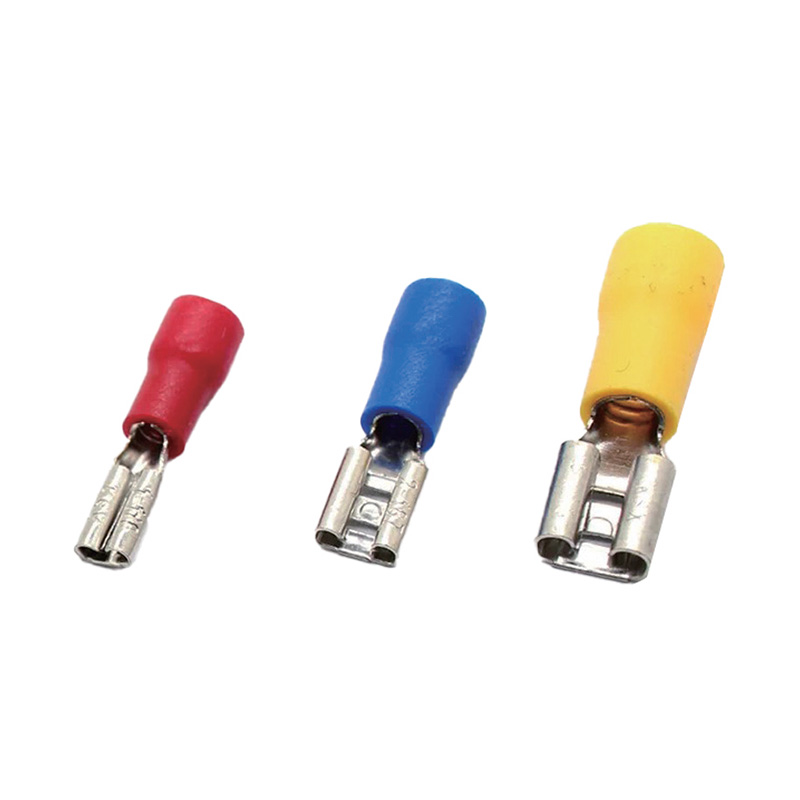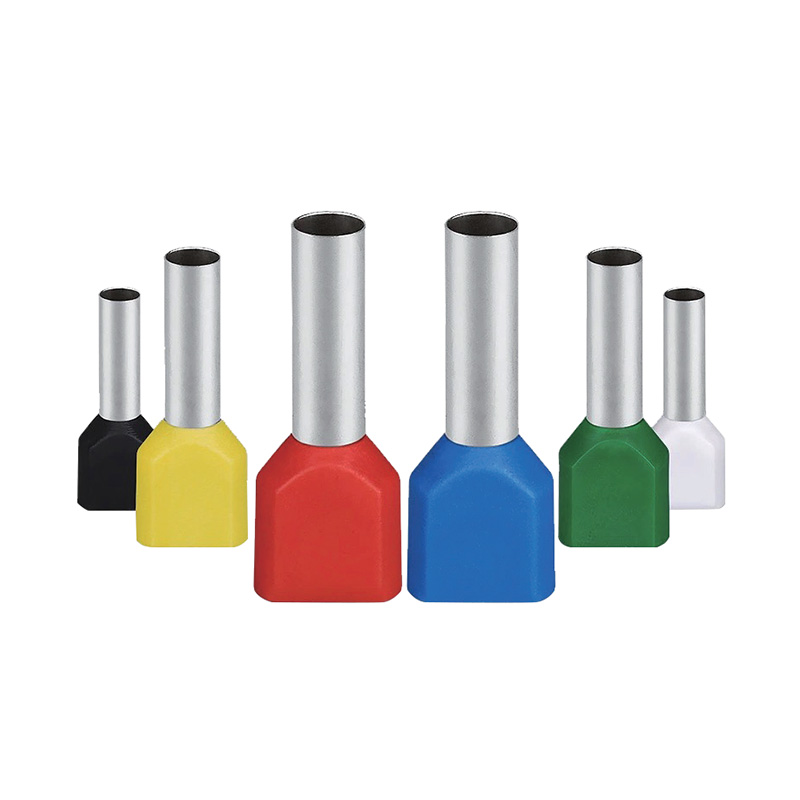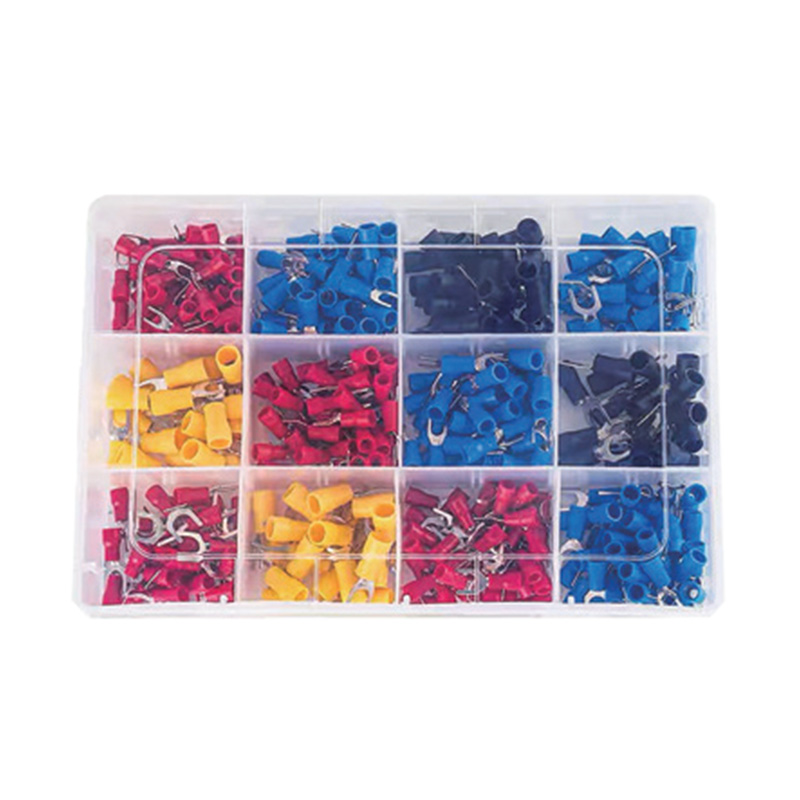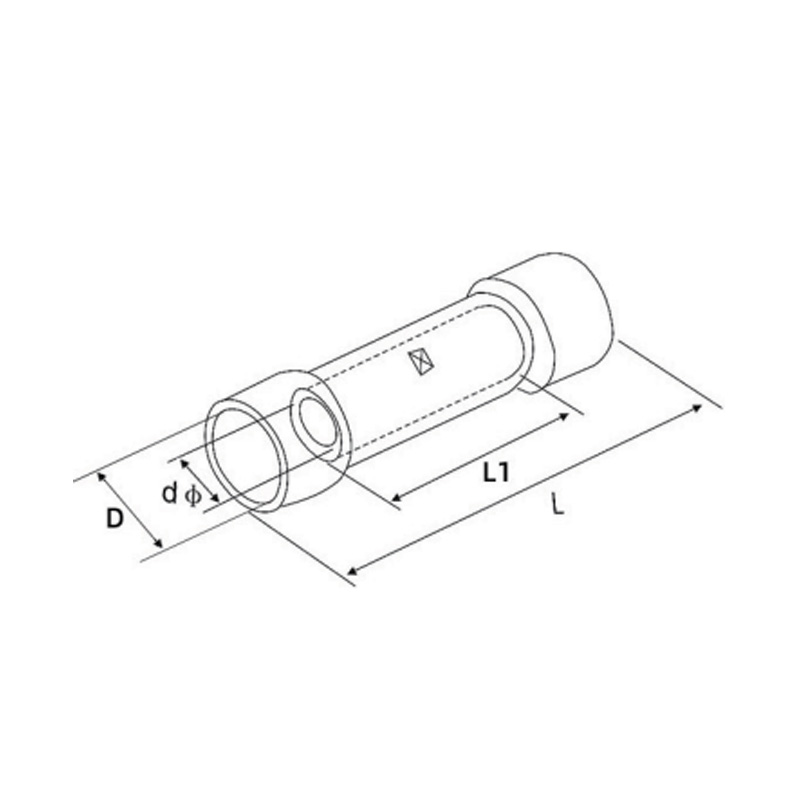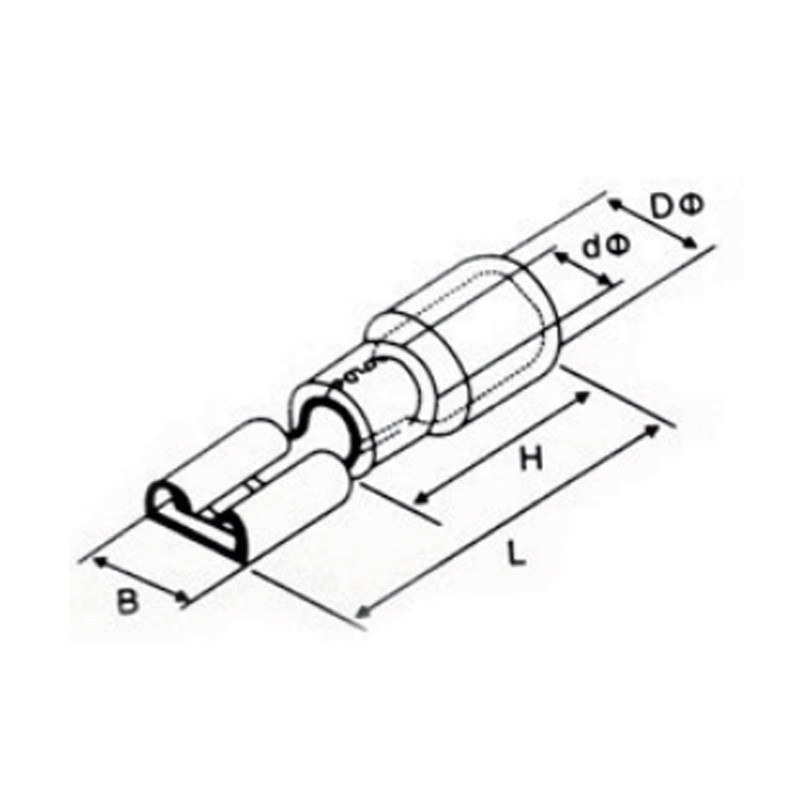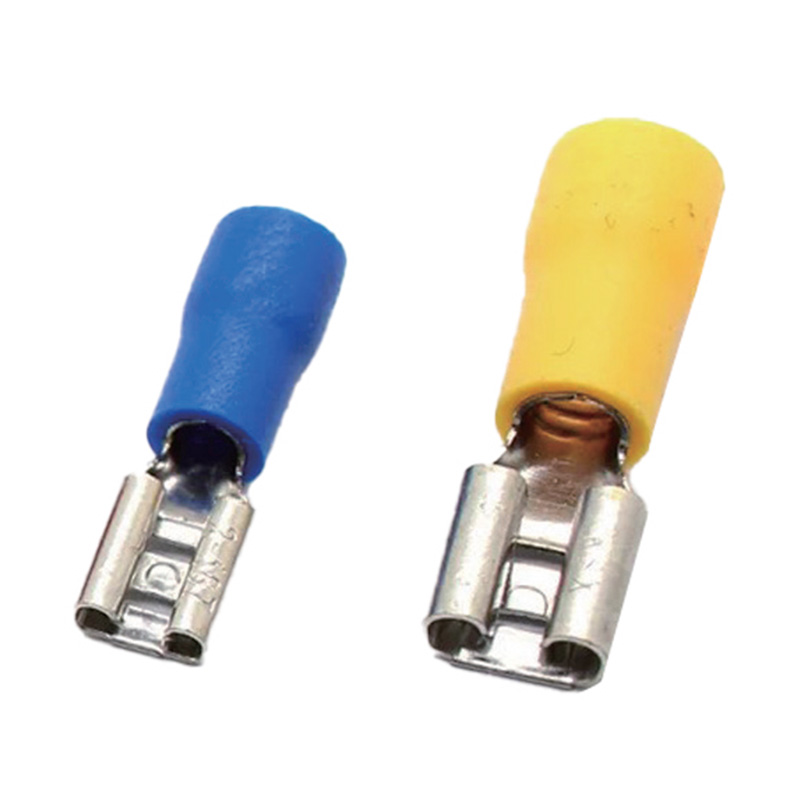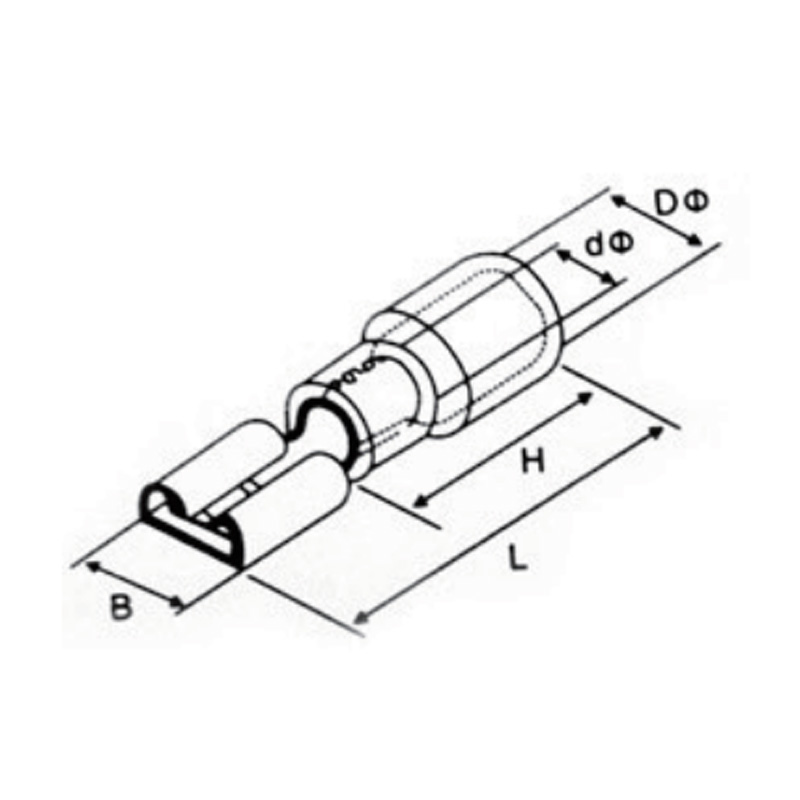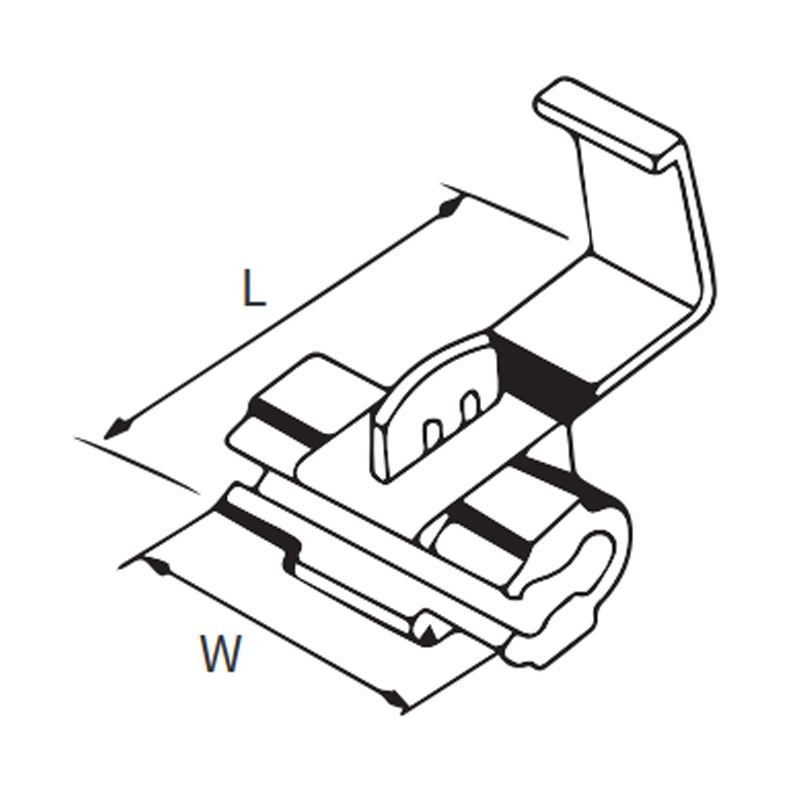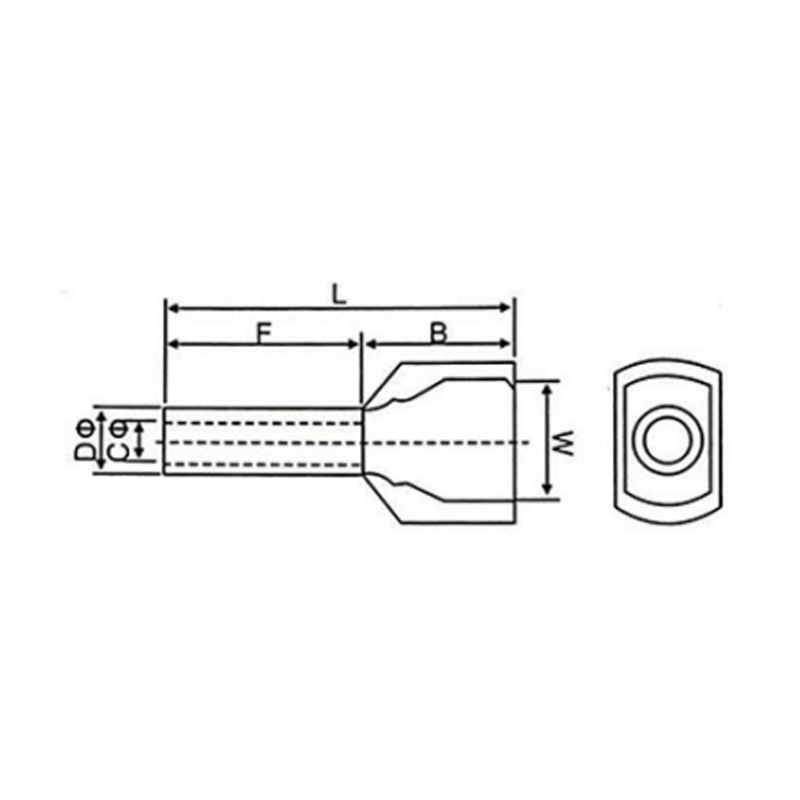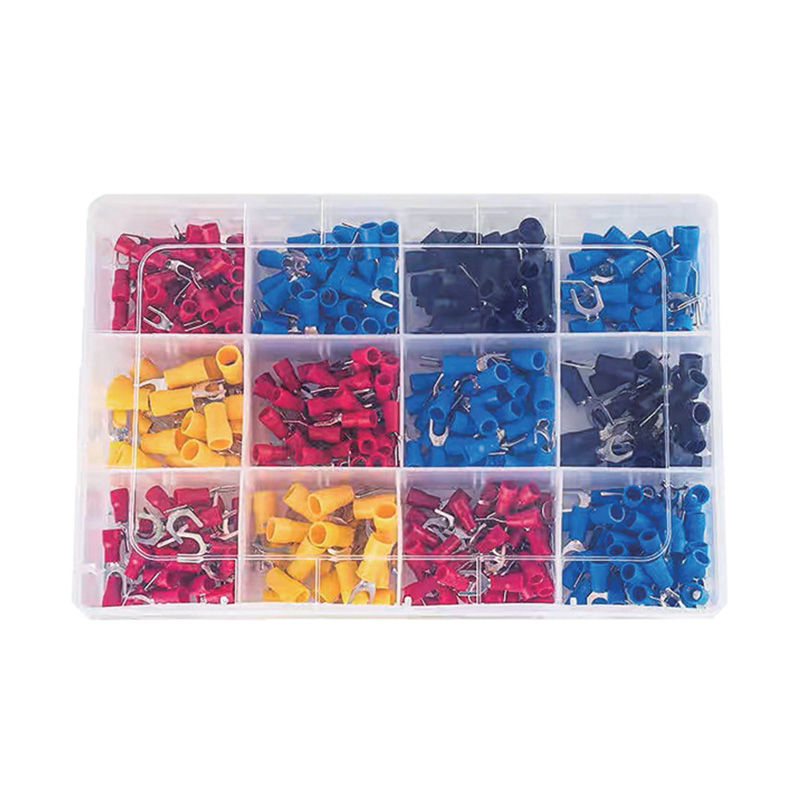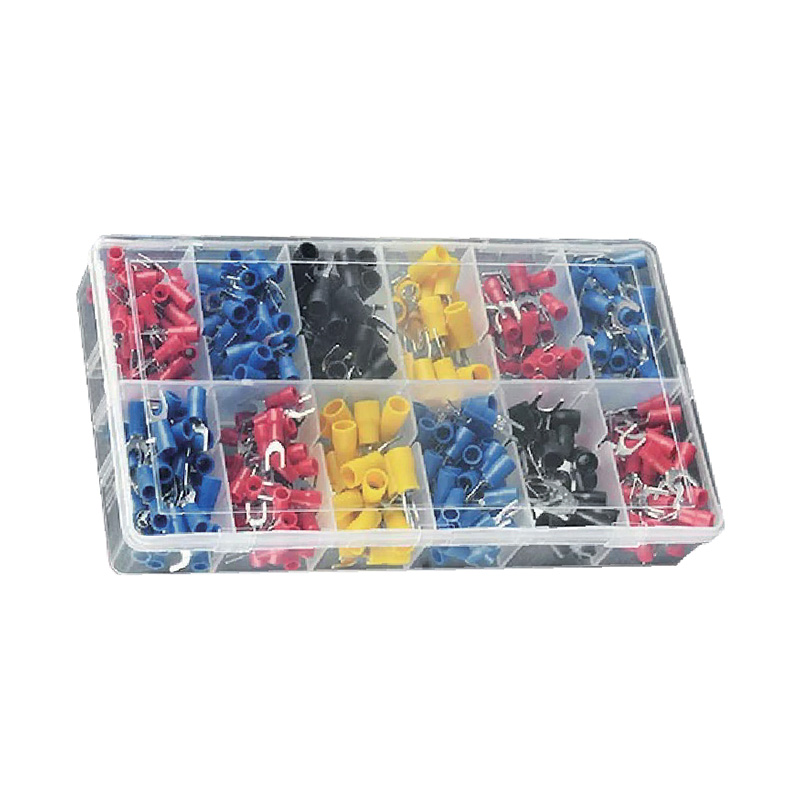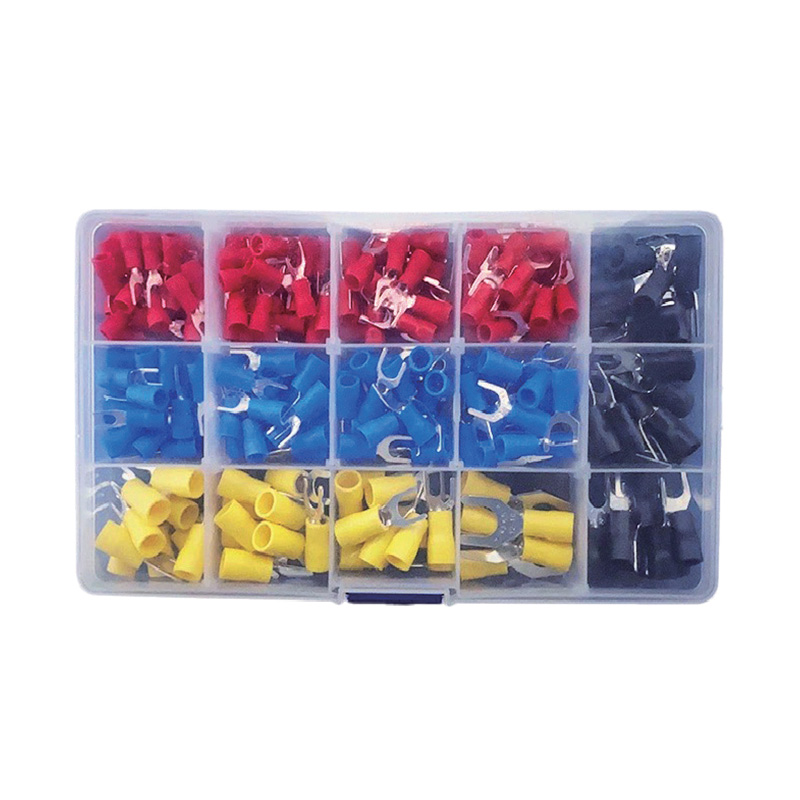Understanding and selecting the correct IP rating is essential when choosing a Waterproof Junction Box or Waterproof Distribution Box. It ensures safety, reliability, and long-term...
READ MORE-
-
Outdoor electrical installations face unique challenges that require specialized components to ensure their reliability and safety. Among the more important components are metal ca...
READ MORE -
Durability is a key factor when designing and maintaining electrical systems. With so many environmental challenges that electrical installations face—such as excessive temperature...
READ MORE -
Safety compliance is not just about adhering to regulations; it’s about protecting people, equipment, and infrastructure from the risks of electrical hazards. Electrical fires, sho...
READ MORE
Industry Knowledge Extension
What Are Some Waterproof Cable Connectors?
Waterproof cable connectors are specifically engineered to prevent water ingress, ensuring a reliable and safe connection in harsh conditions. They achieve this through designs that incorporate seals, gaskets, and robust housing materials. Several types are commonly used, each with distinct features and ideal applications.
Molded Plastic Connectors (e.g., CPC, Automotive Connectors)
Features: These connectors feature a plastic shell that is molded or ultrasonically welded around the wire and terminal, creating a permanent, seamless seal. They often include multiple sealing points, such as a primary seal on the pin/socket and a secondary seal where the wire enters the connector body. Many designs also incorporate a locking mechanism to prevent accidental disconnection and are color-coded for easy circuit identification.
Applications: Their primary application is in the automotive industry, connecting sensors, lights, and other components under the hood or on the chassis where exposure to water, salt, and vibration is common. They are also widely used in outdoor lighting, marine equipment, and industrial machinery where a cost-effective, reliable sealed connection is required.
Metal Shell Connectors (e.g., MIL-DTL-5015, Circular Connectors)
Features: Characterized by a rugged threaded metal coupling nut and shell, these connectors provide mechanical strength and electromagnetic shielding. Waterproofing is achieved through the use of silicone or rubber gaskets and O-rings that compress at the interface between the plug and socket. They are designed to meet stringent military (MIL-SPEC) or industrial (IP68/IP69K) standards for water, dust, and pressure resistance.
Applications: These heavy-duty connectors are essential in demanding environments such as aerospace and military equipment, industrial automation, marine electronics, and outdoor telecommunications infrastructure. They are also found in agricultural and construction machinery, where they must withstand high-pressure washing, vibrations, and constant exposure to the elements.
What Precautions Should Be Taken When Using Insulated Butt Connectors?
Insulated butt connectors are a common and efficient solution for splicing wires. However, their correct use is critical to ensuring a safe, reliable, and permanent connection. Observing key precautions can prevent failures, overheating, and potential hazards.
Proper Tool Selection:
The crucial step is using the correct crimping tool. A dedicated crimping tool designed for the specific size of the connector must be used. Generic pliers or uncalibrated tools will not apply the correct pressure, resulting in a weak connection that can overheat under load. The tool should be ratcheting, meaning it will not release until the crimp is complete, ensuring a consistent and full crimp every time. Using the wrong tool is a primary cause of connector failure.
Wire Preparation and Sizing:
The connector must be matched to the wire gauge. Using a connector that is too large will result in an insufficient crimp, while one that is too small can damage the wire strands or prevent full insertion. The wire insulation should be stripped to the length indicated on the connector barrel—too little bare wire will result in a poor connection, and too much can expose live conductor outside the insulated sleeve. All wire strands must be contained within the connector barrel; any stray strands can cause a short circuit.
The Development of Brass Cable Connectors
Brass cable connectors have a long and enduring history in electrical engineering, evolving from basic utilitarian components to refined, specialized parts. Their development has been driven by a consistent need for reliability, conductivity, and corrosion resistance in a wide range of applications.
The use of brass, an alloy of copper and zinc, began due to its favorable material properties. It offers electrical conductivity, though slightly less than pure copper, but provides mechanical strength and durability. This made it ideal for forming into sturdy connectors, lugs, and terminals that could withstand physical stress and repeated use. Early development focused on simple set-screw designs and basic crimp-type lugs for industrial and electrical utility use.
A significant phase in their development was the refinement of manufacturing techniques and the introduction of plating. While brass has good inherent corrosion resistance, exposure to certain elements could tarnishing or dezincification. The industry responded by applying protective platings, notably tin, nickel, or silver. Tin plating became particularly widespread as it provides corrosion resistance, improves solderability, and prevents oxidation at the contact surface, which can increase resistance and cause overheating.
Today, the development of brass connectors continues to focus on precision and specialization. Modern manufacturing allows for high-volume production of consistently precise components with complex features like integrated insulation sleeves or locking mechanisms. They are now engineered for specific environments, such as marine-grade connectors with enhanced corrosion resistance. While newer materials exist, brass remains a cornerstone material for cable connectors, valued for its proven performance, cost-effectiveness, and adaptability, securing its place from traditional electrical wiring to renewable energy systems and automotive applications.


 English
English 中文简体
中文简体 Español
Español عربى
عربى

